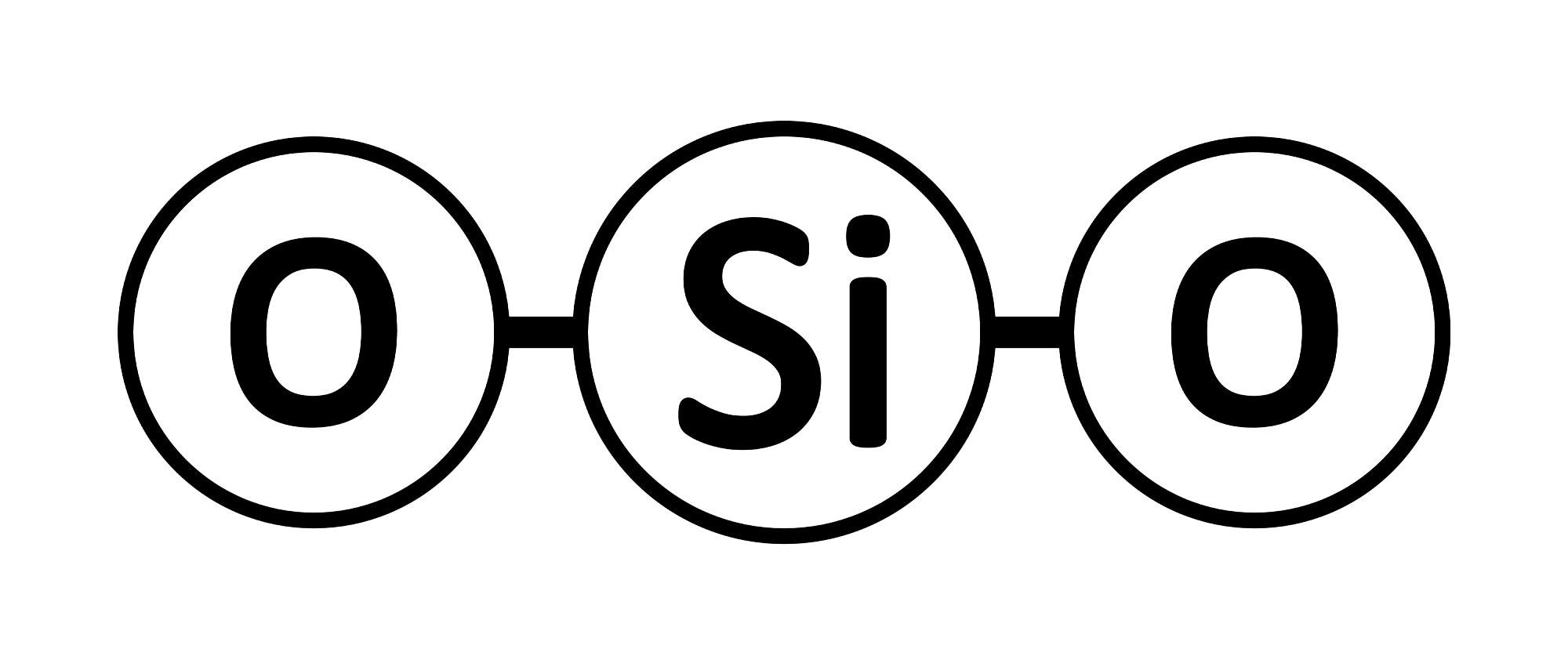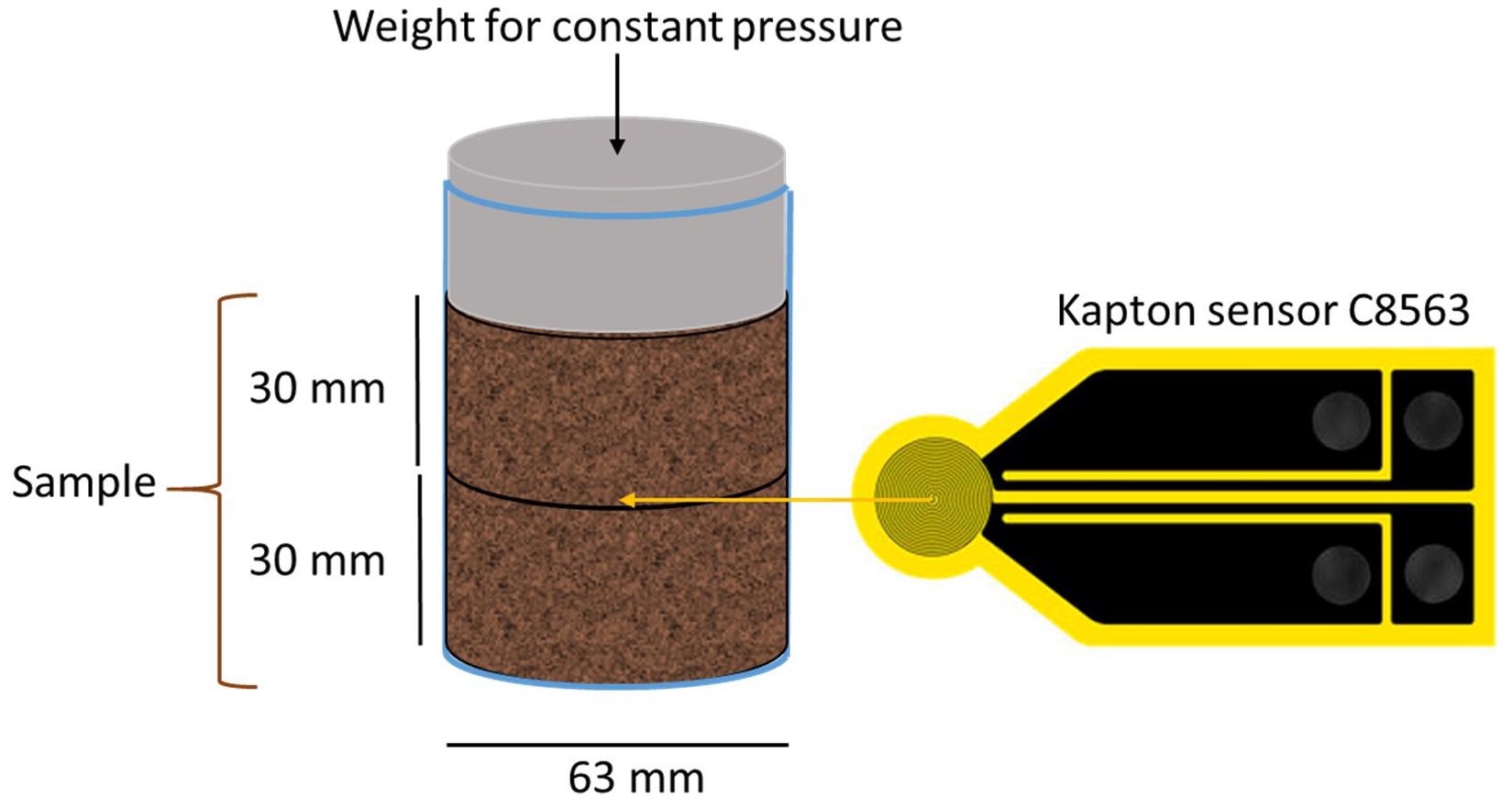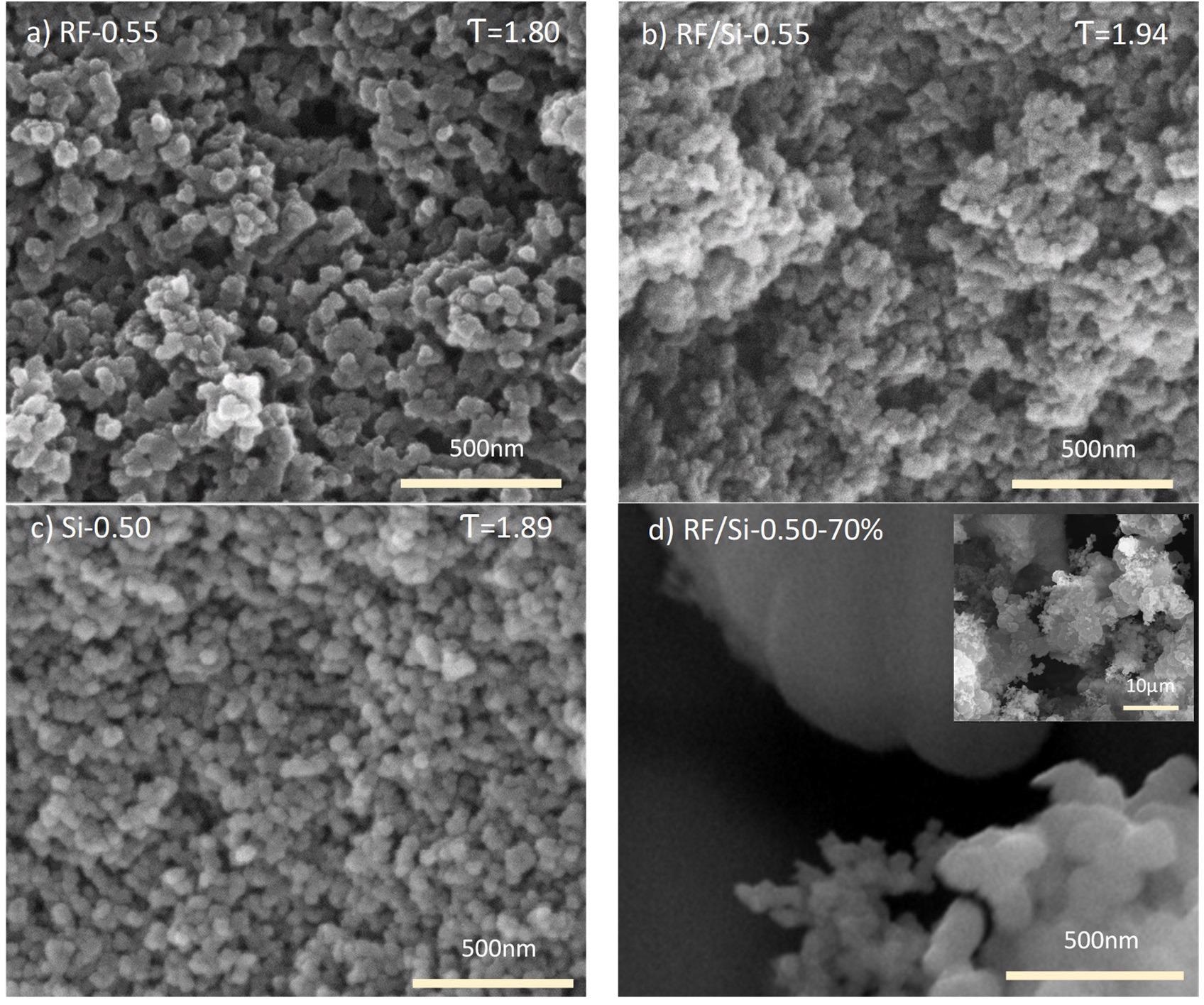A group of researchers recently developed new resorcinol formaldehyde and silica-based porous hybrid xerogel for super thermal insulation application using a cost-effective sol-gel and microwave heating process without going through any supercritical drying process. The prepared xerogel demonstrated a promising low thermal conductivity of 25 mW/mK. This study is available in the journal Materials.

Study: Hybrid RF-Si Xerogels: A Cost-Effective Proposal for Insulator Materials. Image Credit: konstantinks/Shutterstock.com
Resorcinol Formaldehyde and Silica-Based Hybrid Super Insulating Xerogels
Thermal insulation materials are an essential component for highly efficient energy harnessing devices as they prevent energy loss due to heat gain or loss in any mode. Thermal insulators are broadly classified as insulators or superinsulators. A material is considered an insulator if its thermal conductivity (λ) is lower than 100 mW/mK, although in practical insulation applications conductivities between 30–50 mW/mK are most commonly used. On the other hand, superinsulators have thermal conductivity values below the thermal conductivity of air, which is 25 mW/mK.

Configuration of the system for thermal conductivity measurements. Image Credit: Flores-López, S.L et al., Materials
Aerogels are promising candidates for superinsulation since their properties such as non-ordered structures, higher porosity (more than 90%), and low weight can suppress heat transfer. Silica aerogels have high porosity formed mainly by narrow pores (i.e., micro and mesopores).
The small pore sizes of these aerogels suppress the convection and gas conductivity, so only solid conductivity and radiation contribute to the heat transfer process. These aerogels reach thermal conductivities around 10 to 20 mW/mK and have a wide variety of applications. However, their complex synthesis process, high production costs, poor mechanical properties, and bio-hazard issues (i.e., irritant to the eyes, skin, respiratory tract, and digestive system) constrict their practical applications and mass production.
Non-porous resorcinol formaldehyde (RF) has drawn a lot of attention due to its low density of 0.05 to 0.3 g/cm3 and low λ values of 10 mW/mK, which is synthesized using supercritical drying. Moreover, the expensive drying process can be replaced with a specific ambient drying process to prepare low-cost RF xerogels with small pores. Furthermore, the synthesis of RF and silica (Si) hybrid xerogels using methyltrimethoxysilane (MTMS) as a silica precursor serves two purposes. Firstly, the hybrid material has improved mechanical stability and secondly, the imparted hydrophobicity facilitates the ambient drying process of the hybrid xerogels.

Thermal conductivity of hybrid xerogels versus envelope density measured at two different particle sizes. Image Credit: Flores-López, S.L et al., Materials
About the Study
In this study, researchers synthesized RF/Si hybrid xerogels using the sol-gel process, in which 1 liter of precursor mixture was prepared by dissolving resorcinol (R) in the solvent mixture of deionized water and ethanol followed by incorporation of tetraethyl-orthosilicate (TEOS) and formaldehyde (F) in the mixture and stirred for 2 hours.
Once the solution became homogenous, 3-[2-aminoethylamino]propyl]trimethoxysilane (AEAPTMES ) was added and heated at 60 ℃ for gelation, curing, and drying. Two forms of heating mechanisms were employed for this purpose viz. convection heating in an electric oven for 72 hours and microwave heating for 5 hours.
Furthermore, different molar ratios of R/TEOS were employed to vary the silica content on the samples from 70% to 10%, whereas the R/F and EtOH/TEOS molar ratios and the dilution ratio (D) were regulated to form hybrid xerogels with envelope densities between 0.35 and 0.85 g/cm3 and a pore size smaller or equal to 100 nm. Finally, the concentration of AEAPTMES was fixed at 5% volume of the total amount of TEOS. For comparison, pure RF and Si-based aerogels were also synthesized.

SEM micrographs of the different synthesized xerogels: (a) RF-0.55, (b) RF/Si-0.55, (c) Si-0.50 and (d) RF/ Si-0.50-70%. Image Credit: Flores-López, S.L et al., Materials
Observations
The hybrids xerogels showed an envelope density between 0.36 and 0.88 cm3/g due to the regulation of the synthesis parameters. Since their helium densities were similar, the porosity was between 76% and 43% according to the envelope density.
The initial drying performed under microwave heating resulted in a slight collapse, and consequently less pore volume and smaller pore size, whereas its high silica content and the high amount of catalyst present in the precursor mixture, favored rapid polymerization and the porosity increased with the increase in the Si content. Moreover, the BET-specific surface area of 550 m2/g indicated the presence of a large microporosity of these polymeric structures.
Furthermore, in comparison with the RF aerogels, an increased porosity in Si samples demonstrated a lower thermal conductivity. However, this condition was not true for RF-Si hybrid samples, as the sample with the lowest porosity exhibited the lowest thermal conductivity.
Also, the thermal conductivity of the hybrid xerogels showed strong density dependence with an exponential behavior, and the effect of pore size on the thermal conductivity of hybrid xerogels was much lower than the density. The heat transfer due to radiation was highly dependent upon the chemical composition of the xerogel samples, which decreased with the increasing Si content.
Conclusions
In this study, researchers synthesized porous RF-Si hybrid xerogels using a cost-effective microwave heating process and compared their porosity and thermal conductivity with individual RF and Si-based aerogels. They found that all three modes of heat transfer viz. solid conductivity, gas conductivity (convection), radiation were suppressed effectively.
The solid conductivity was reduced due to the formation of microstructure with higher surface roughness and tortuosity. The gas conductivity was effectively regulated by controlling the pore size, and the radiation decreased with an increase in Si content. Finally, it demonstrated a promising low thermal conductivity of 25 mW/mK, which is ideal for superinsulation applications.
References
Flores-López, S.L., Villanueva, S.F., Rey-Raap, N., Arenillas, A., Hybrid RF-Si Xerogels: A Cost-Effective Proposal for Insulator Materials. Materials, 2022, 15, 265. https://www.mdpi.com/1996-1944/15/1/265
Disclaimer: The views expressed here are those of the author expressed in their private capacity and do not necessarily represent the views of AZoM.com Limited T/A AZoNetwork the owner and operator of this website. This disclaimer forms part of the Terms and conditions of use of this website.